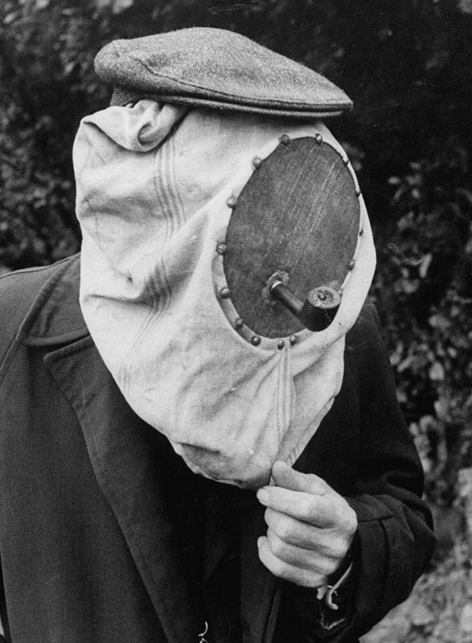Tanya Weaver recently had to admit she’d made a mistake. But instead of beating herself up about it too much, she realised that, as Sir James Dyson advocates, it’s only by learning from our mistakes that progress is made
Entering my third season as a beekeeper and I know I’ve developed a reputation as the ‘crazy bee lady’, although I prefer ‘beek’ (beekeeping geek) myself.
The extent to which this reputation precedes me became apparent when I visited the team at Product Partners, who had taken bets before my arrival as to whether I’d be wearing stripes like a bee. I was. Come to think of it, I own a lot of stripes.
The Beehaus is now at the bottom of my garden having moved house at the end of last year.
Although having the bees at home is great, it’s been a tricky start to the beekeeping year; being a beekeeper does not lack in excitement I can assure you.
My first inspection revealed that my colony was rapidly expanding (good) but there were obvious signs that they wanted to swarm (not so good).
//www.youtube.com/embed/6qJeHrJiH9w
Now, I’m not going to bore you by going into these signs but let’s just say swarming entails the queen bee flying off with half the colony, leaving an unhatched queen behind who will emerge to rule the remaining colony.
This is a completely natural form of reproduction but obviously the beekeeper doesn’t want to lose those bees so something called artificial swarm control is carried out.
It’s technical but essentially means moving the flying bees to a new hive to con them into thinking they’ve swarmed.
There are a variety of methods as to how you can go about this. So, I read bee books, the hive manual, asked twitter and posted in a beekeeping forum to find the best method for my situation.
But there is something you should know about beekeepers – there is an old adage that goes something along the lines of ‘if you ask six beekeepers one question, you will get seven different answers’. Funny but not helping matters.
Eventually I went with what I felt was right but actually it was wrong. Nothing catastrophic and the bees are still there but it was not the best way to handle them and their natural swarming instinct.
Although I’ve beaten myself up about it and wish I could go back in time and do it again armed with the knowledge I learnt from making the mistake, until someone invents the time machine, alack I can’t.
If you ask six beekeepers one question, you will get seven different answers
This experience made me think about designers and engineers and how essentially they are problem solvers.
In terms of product development, as far as I understand, you should expect to make mistakes and stumble on your path to achieving the final product or goal. You just get up, dust yourself off and try again because the whole time you are still moving forward.
I came across a fantastic quote about this: “To understand what engineering is and what engineers do is to understand how failures can happen and how they can contribute more than successes to advance technology”, Henry Petoski, author of ‘To Engineer is Human – The Role of Failure in Successful Design’.
Of course an engineer/inventor/entrepreneur/knight/billionaire who often waxes lyrical about learning from your mistakes is Sir James Dyson. According to him, it’s only through failure that progress is made.
And he’s had a few failures — it took 5,127 prototypes and 15 years to get his first bagless vacuum cleaner right. Although, he may have been trumped by fellow inventor Thomas Edison who famously said, “I have not failed. I’ve just found 10,000 ways that won’t work.”
Dyson is a huge advocate of design and technology education in schools. One of his biggest worries is that there are not enough young people studying engineering to fill future roles.
To help this situation, in 2002, he set up the James Dyson Foundation to support design and engineering education.
The Foundation supplies classroom resources, free kits and teaching aids to schools worldwide with the aim of inspiring young people to become engineers. It particularly wants to encourage them to think differently and to make mistakes.

A Dutch beekeeper, 1956
So, I guess we should foster an environment in our workplaces where failure is embraced (not all workplaces of course!). Where we have the freedom to make mistakes and learn from them. No one is going to get it right first time.
I know that when it comes to beekeeping, I still have a lot to learn. Even master beekeepers proclaim that they learn every day, I just have to be prepared to get a few stings along the way (sorry).
I promise, bees are off the agenda for the next few months.

Celebrating our mistakes as steps to learning and success
Default






